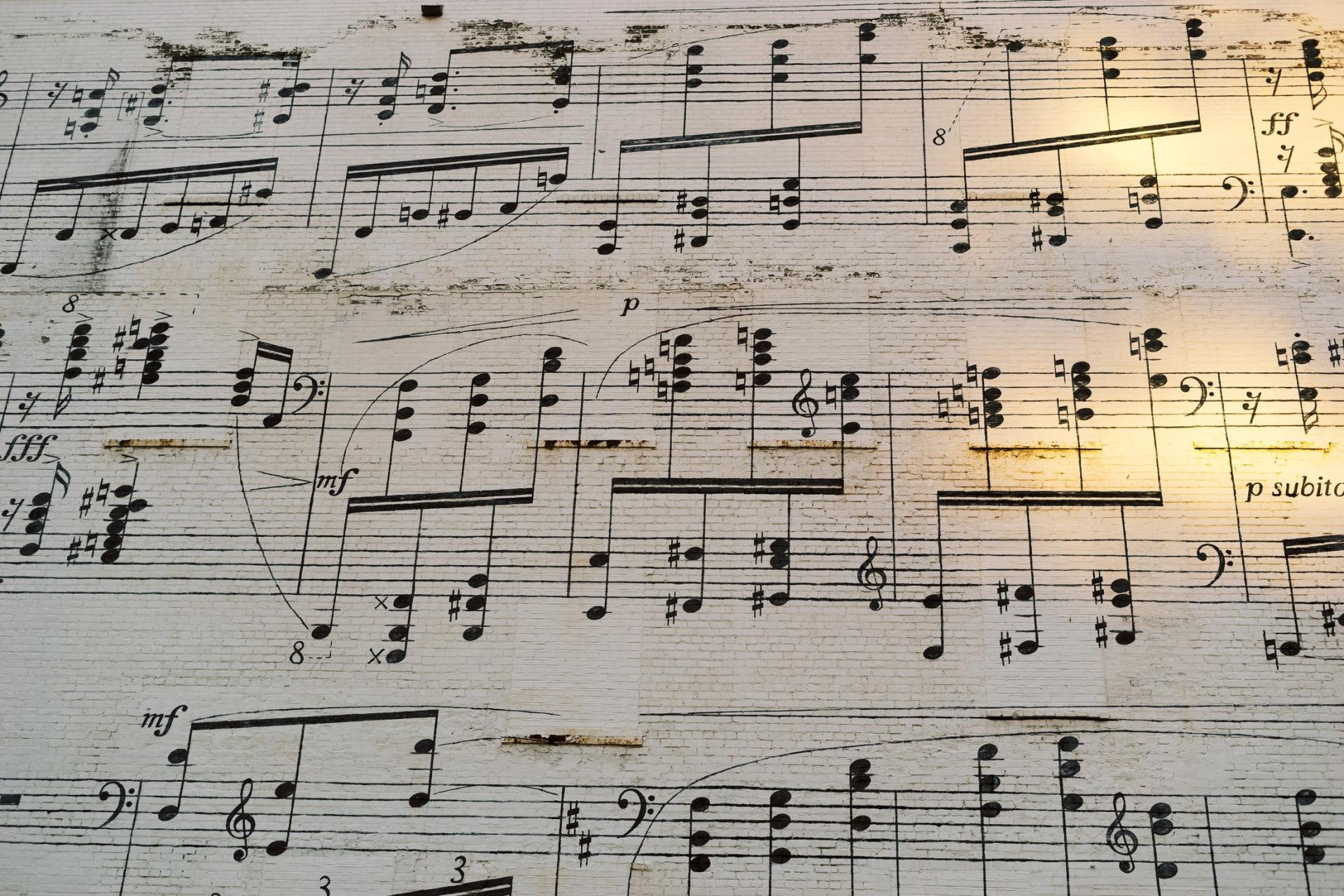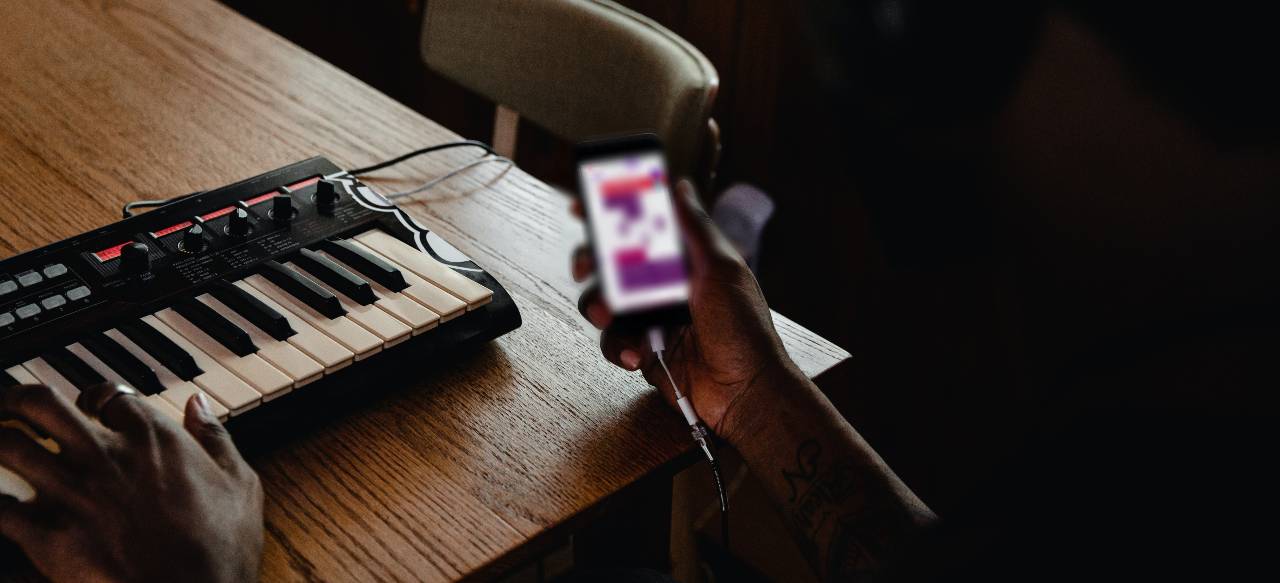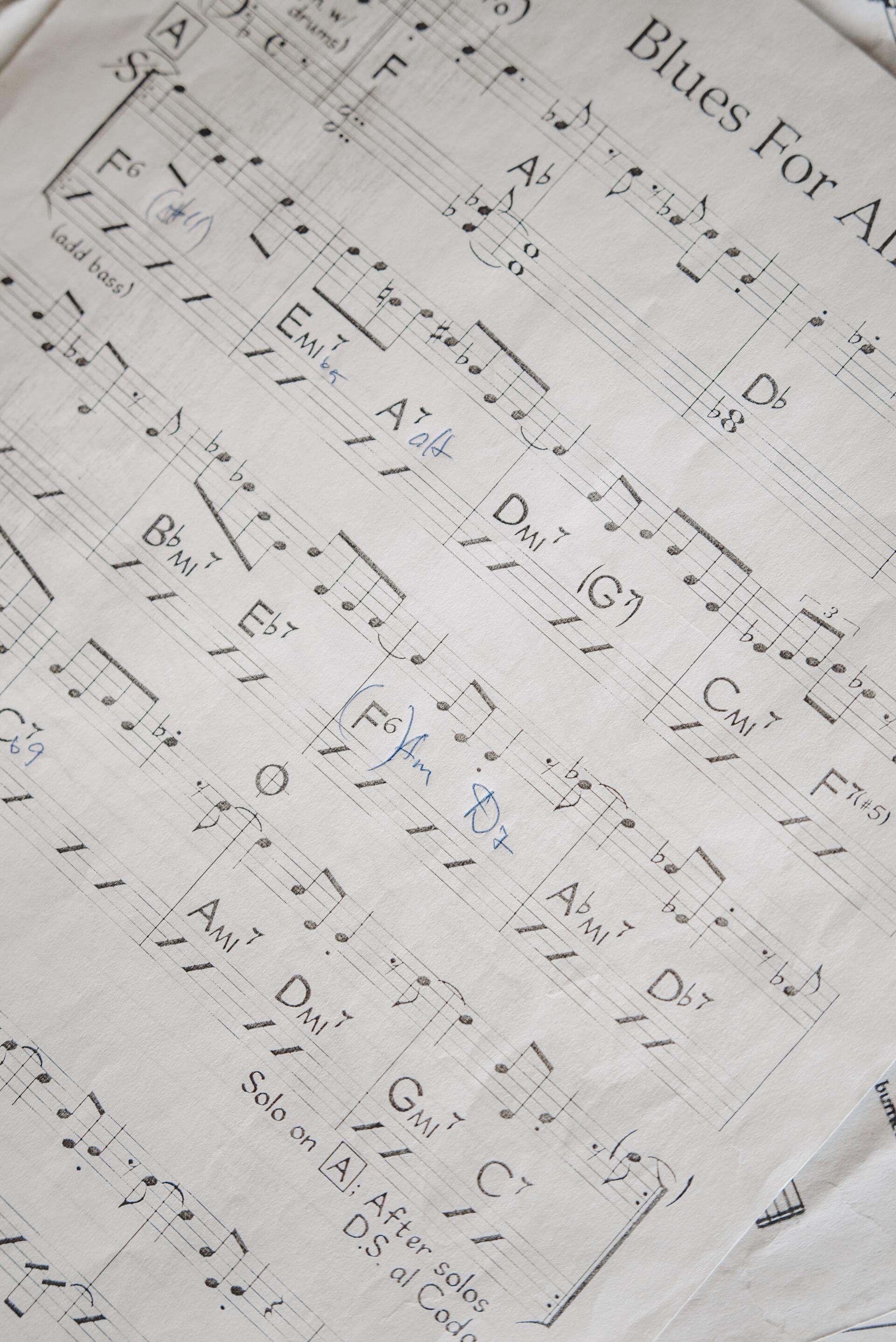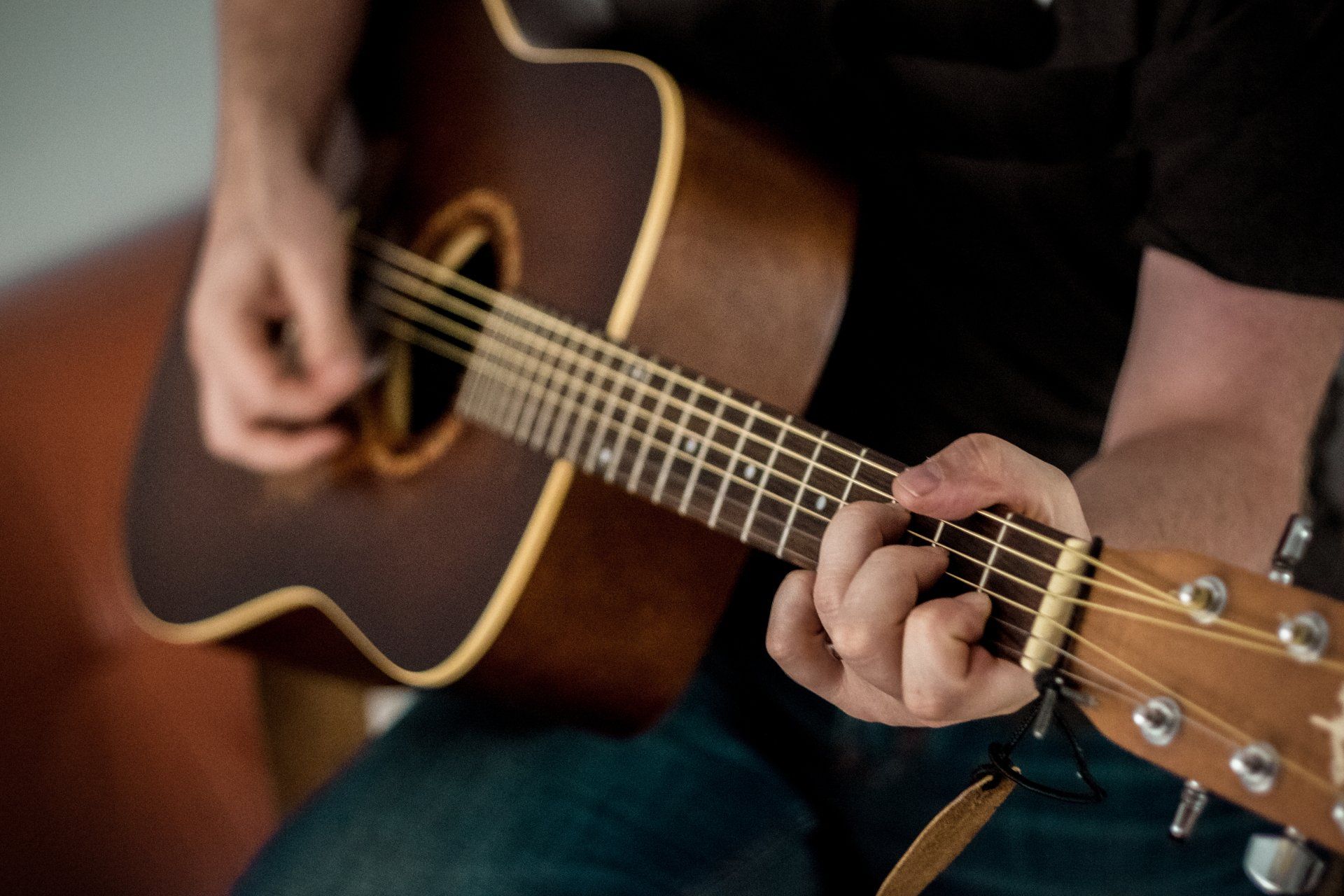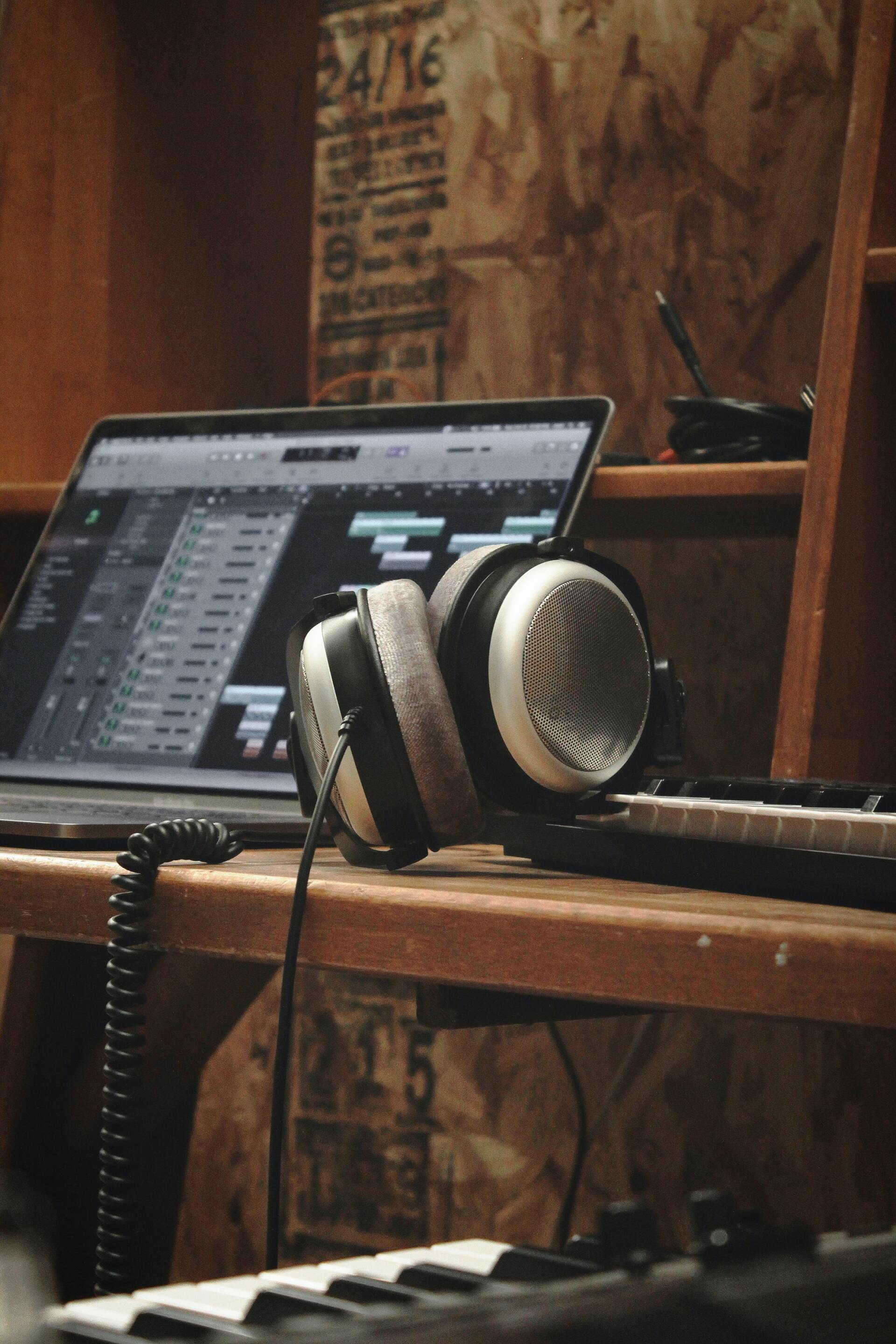Chord sheets and lead sheets best practices
The do's and don'ts of chord sheet and lead sheet transcription
Chordsheets are part of a session musician's career. There's enough details on it to follow up with the band but your part itself is not detailed. Often used in lower budget productions because you don't need to transcribe every single parts, it's also nice in recording sessions where musicians are free to play what they feel and take notes all along.
As a session guitarist myself, most of the gigs I play are charted with chordsheets. Either because it is a single night event or I'm subbing someone that knows the show by heart. (I then sometimes make my own sheets)
Here are tips to make efficient chordsheets for you and your peers to easily follow. The main keyword: clarity.
Layout
A good layout can save a huge amount of time and energy to the musicians. Very often a chordsheet will be read during performance, thus the need of a good layout. Most songs in pop culture are "square" : 4/4 time signatures, sections length of 4, 8,12 or 16 bars are really common. These feel natural for the musicians. This is why I recommend separating your staves in multiple of 4 measures. It feels more natural and musicians are less prone to get lost if their eyes leave the charts.
Don't try to compact 16 bars on a same staff too. Think about the musicians who have to take notes of their part. Be sure there's enough space for them to do so.
Sections identification is important too. Always start a new section (chorus, verse, etc) on a new line. ALWAYS
This way, if a musician loses track of where they are, they can get back on track easily on the next section.
Discussion about the structure of a song is one of the biggest time consuming argument you can have during rehearsal or preparation. A clear layout will help prevent this.
Repeats
Beware of the appealing shortcut of repeat bars. Yes there's a lot of songs where the chord progression is almost the same all along, but don't be lazy. Making a chordsheet is supposed to help save time to all the band. Make sure that when you add a repeat bar, it is beacause the only thing not being repeated are the lyrics. Listen to what all the instrument plays. If there's a big difference in one of the part, dont use a repeat bar. It is not gonna help the musicians if they have to notate 2 or 3 different part variations in a same section because you were lazy. Doing it properly will ensure a better performance and less tiny scribble.
Try to avoid too many page turn too. reading a chart is a lot like reading a book. If you have to go back and forth very often and it's not clear, you open the door to confusion and mistakes.
Rythm
A song is more than just chord and structure. There's often the need to add rythmic notation. It can be for a tutti, a break or an important punch in a section. Just be sure that it applies to the majority of the parts. You don't want the drummer to break where he shouldn't. All because it was written.
Summary
In a nutshell , clarity and common sense are the most important things. Just don't be lazy because you think it's too long of a job to do. A well made chordsheet can save a lot of job and hassle in the future. Some tools are quite useful in saving time transcribing songs while doing a good job.
